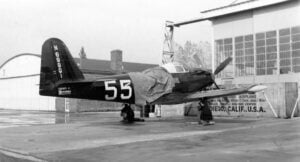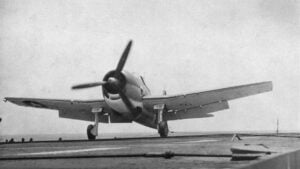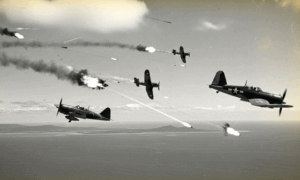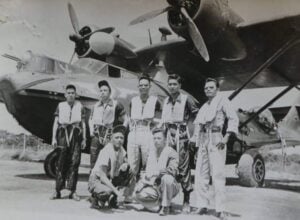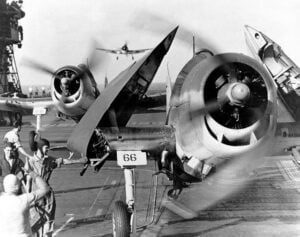Boeing’s Secret and Cancelled Final Superfortress

YouTube / Paul Stewart
A Vision for the Ultimate Superfortress
The Convair B-54 was envisioned as the ultimate evolution of the iconic B-29 and B-50 Superfortress bombers. Designed during the late 1940s, it was to be the pinnacle of piston-engine bomber technology, addressing the United States Air Force’s (USAF) need for a long-range strategic bomber capable of delivering nuclear and conventional payloads deep into Soviet territory. However, rapid advancements in aviation technology and the dawn of the jet age led to its cancellation, making the B-54 a fascinating “what-if” in military aviation history.

Design and Capabilities
The B-54 was based on the B-50, itself a refined version of the wartime B-29. The B-50 featured more powerful Pratt & Whitney R-4360 Wasp Major engines, strengthened structures, and other upgrades. The B-54 would have taken these improvements further, boasting an enlarged wingspan, lengthened fuselage, and enhanced fuel capacity, giving it an unprecedented range of over 10,000 miles. It was specifically designed to meet the USAF’s desire for intercontinental reach without the need for refueling, an essential capability during the early years of the Cold War.

One of the B-54’s most ambitious features was its pressurized crew compartments, allowing for high-altitude operations. It was designed to carry a substantial payload of bombs and was equipped with state-of-the-art avionics and defensive armament to protect against enemy fighters.
Challenges and Cancellation

Despite its promising design, the B-54 faced insurmountable challenges. By the late 1940s, jet propulsion was rapidly revolutionizing aviation. The emergence of jet-powered bombers like the Boeing B-47 Stratojet rendered piston-engine designs obsolete. Jets offered superior speed, altitude, and survivability, leaving aircraft like the B-54 unable to compete in an era of increasingly advanced air defenses.
Another blow to the B-54 came from shifting strategic priorities within the USAF. The development of aerial refueling techniques allowed existing bombers, like the B-50, to achieve intercontinental range without requiring entirely new designs. Coupled with budget constraints and the escalating costs of jet-powered projects, the B-54 was deemed unnecessary.

A Legacy of Transition
In 1949, after the completion of a single prototype and extensive design work, the B-54 program was officially canceled. The aircraft never flew, and much of its planned technology was eventually repurposed for other projects. The cancellation marked the end of the line for the Superfortress family, which had played a pivotal role in World War II and the early Cold War.















